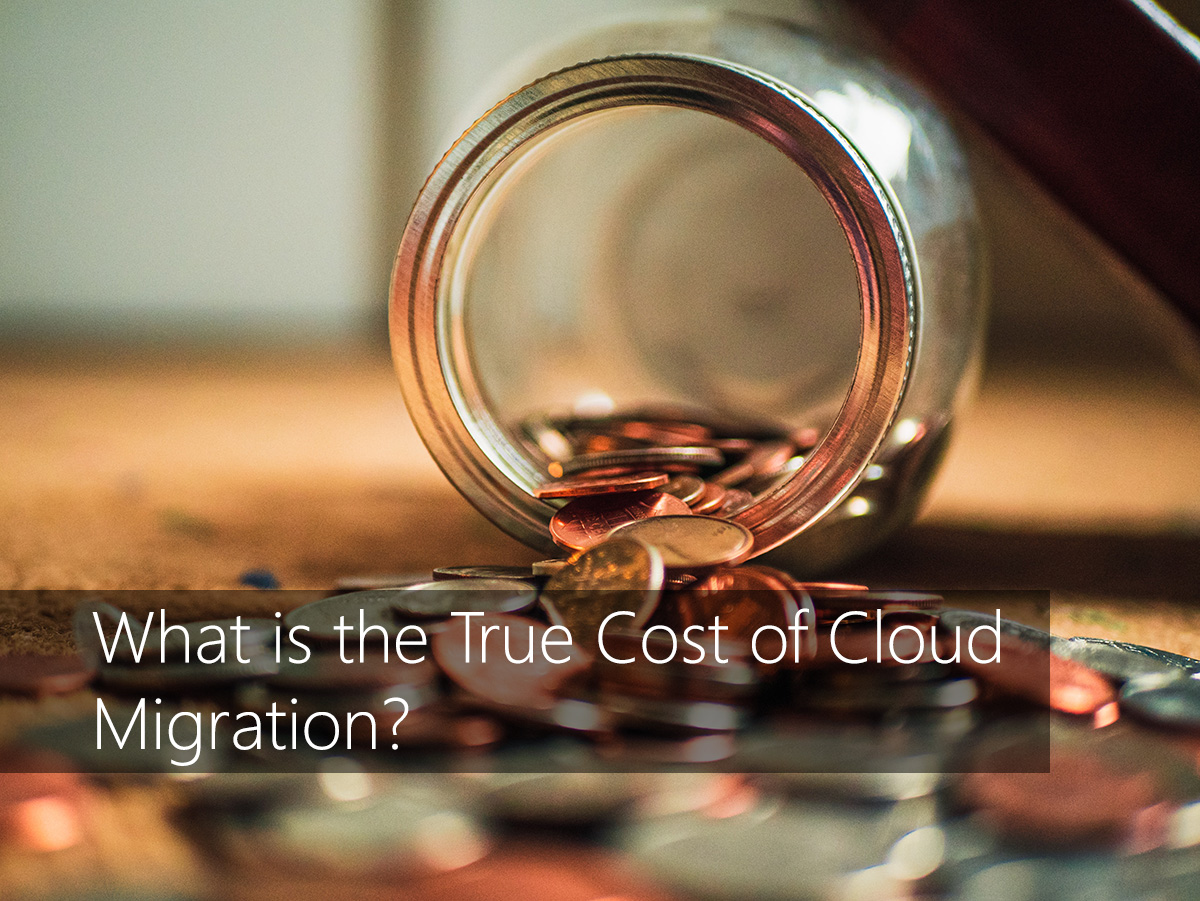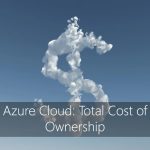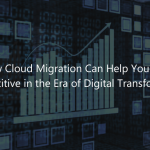
Once a company begins thinking about migrating part or all of its IT operations to the cloud, very soon, if not immediately, business leadership are going to want to know – how much?
But how do you accurately determine the cost of this strategic shift? Below are some vital considerations when capturing a true understanding cost – both obvious and hidden.
Current Costs
To predict how costs will change across the transition, you must first get a clear picture of your outgoings by identifying current hardware, software, maintenance contracts, and other observable items on your bank statement. Also be sure to consider tangential costs that might sit outside of IT’s budget, yet still be impacted by the change – facilities management and physical security, for example.
Future Costs
Once totaled up, these figures can be compared to anticipated costs of the full cloud deployment. So, that means documenting your current use of network resources, storage, etc. in your day-to-day business operations. With these stats, you can then visit potential vendors and anticipate future costs. Microsoft Azure, for example, provides a helpful calculator tool to assist your projections.
Hidden Costs
Job done, right? Just take the delta of current and future costs and you have clear picture of the cost of migration. But, before you report back your findings to company leadership, make sure you consider some of these wider factors.
Executing the move
The transition period between on premises operations and cloud deployment can prove costly if not carefully managed. Transferring data to your new provider, for instance, can incur a fee as this will demand their network resources.
Additionally, remember that while operations are being stood-up, there will be overlap in running both on premises and cloud services. A fully scoped and planned transition will help ensure these double-upped costs, can be minimized.
Legacy Software
A potential tripwire to consider is the ability for your existing applications to function in the cloud. Perhaps your business has been running some niche, mission-critical software on premises since the 90s. Integrating legacy software to the cloud could be expensive, or even require the procurement of a more modern solution.
Bundling
There may also be savings in bundling software costs with cloud services. For example, using Azure may also allow you receive a discount on your Office 365 licenses. Depending on the size and nature of your business, this could provide significant savings.
Familiarity and training
Last, but not least, you might want to consider how the knowledge base of your IT team will be impacted. Will they require training to get up to speed, or will existing tools and knowledge be seamlessly transferred? This may prove vital if you plan to run a hybrid cloud deployment. Involving the team in the planning process will help identify these items.
Get the full picture
Having a trusted partner to help build an accurate cost of migration can be extremely beneficial. Technology Management Concepts have decades of experience helping business plan for these complex moves.
Visit our website’s solutions to learn more about our solutions in order to further your understanding of financial and business management systems. Team up with a certified Microsoft Gold Partner to make your migration to the cloud seamless. If you have any questions regarding Dynamics 365 or other ERP/CRM systems, contact us.
Don’t forget to follow us on Facebook, LinkedIn, and Twitter. Subscribe to our YouTube channel for insightful tutorials and demos.





